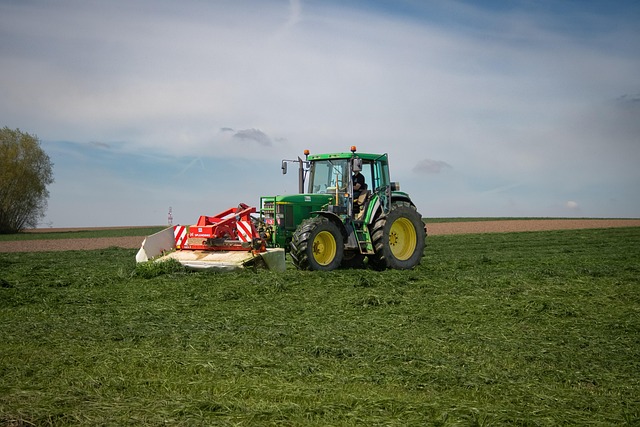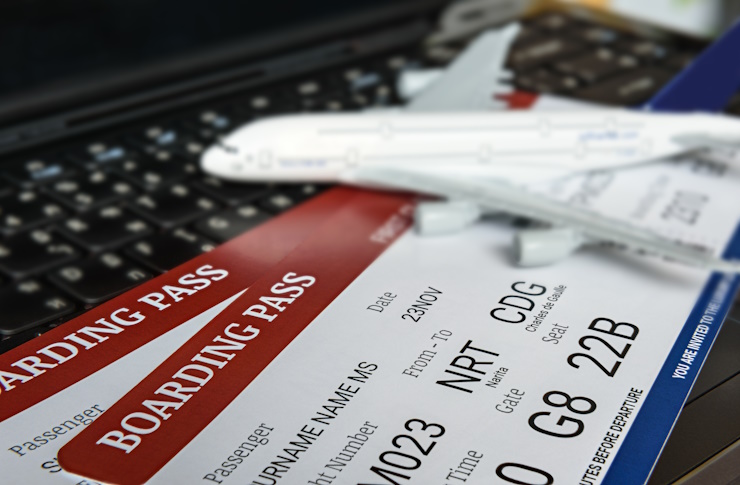How To Apply for Farm Equipment Grants
Farm equipment grants provide essential financial assistance to agricultural operations seeking to modernize their machinery and improve productivity. These funding opportunities, offered by federal agencies, state programs, and private organizations, can significantly reduce the financial burden of purchasing expensive agricultural equipment. Successfully navigating the grant application process requires understanding eligibility criteria, thorough documentation preparation, and strategic planning to maximize approval chances.

Agricultural producers across the United States face substantial financial challenges when upgrading or purchasing new equipment. Modern tractors, harvesters, and specialized machinery can cost hundreds of thousands of dollars, making grants an attractive funding solution. The grant application process, while competitive, offers genuine opportunities for farmers to access the equipment they need to remain competitive and sustainable.
Understanding Grant Eligibility Requirements
Eligibility requirements vary significantly between grant programs, but most share common criteria. Beginning farmers, minority producers, and those implementing sustainable practices often receive priority consideration. Income limitations typically apply, with many programs targeting small to medium-sized operations rather than large commercial enterprises. Geographic restrictions may limit certain grants to specific regions or counties, particularly those designated as economically disadvantaged or environmentally sensitive areas.
Most programs require applicants to demonstrate genuine need, operational viability, and the capacity to maintain equipment properly. Some grants specifically target conservation practices, requiring recipients to implement soil health improvements or water conservation measures. Veterans transitioning to agriculture often qualify for specialized programs with more favorable terms and additional support services.
Identifying Available Farm Equipment Grants
Federal programs represent the largest source of equipment grants, with the USDA offering multiple opportunities through various agencies. The Environmental Quality Incentives Program (EQIP) provides substantial funding for equipment supporting conservation practices. The Beginning Farmer and Rancher Development Program specifically targets new agricultural producers with equipment needs.
State agricultural departments maintain their own grant programs, often complementing federal offerings with locally focused initiatives. These programs frequently address regional agricultural priorities, such as drought resistance in western states or soil conservation in the Midwest. Private foundations and agricultural cooperatives also offer equipment grants, typically with more flexible requirements but smaller award amounts.
Research agricultural extension services in your area, as they maintain comprehensive databases of available funding opportunities. Many universities publish annual grant calendars highlighting application deadlines and program updates. Professional agricultural organizations often provide members with grant alerts and application assistance.
Preparing Essential Documentation for Applications
Successful grant applications require extensive documentation demonstrating financial need, operational capacity, and project feasibility. Financial statements from the past three years provide evidence of farm viability and cash flow patterns. Tax returns, profit and loss statements, and balance sheets must be current and professionally prepared.
Business plans should clearly articulate how new equipment will improve operations, increase efficiency, or support conservation goals. Include specific productivity projections, cost-benefit analyses, and implementation timelines. Equipment specifications, vendor quotes, and installation requirements must be detailed and current.
Personal documentation includes proof of farming experience, educational credentials, and any relevant certifications. Letters of recommendation from agricultural professionals, extension agents, or community leaders strengthen applications significantly. Environmental compliance records and any existing conservation practices should be thoroughly documented.
Common Mistakes to Avoid When Applying
Incomplete applications represent the most frequent cause of rejection. Missing signatures, outdated financial statements, or insufficient supporting documentation immediately disqualify otherwise strong candidates. Carefully review all requirements and create checklists to ensure completeness before submission.
Unrealistic project timelines and budget estimates undermine application credibility. Equipment costs should reflect current market prices with appropriate contingencies for installation and training. Implementation schedules must account for delivery times, site preparation, and operator training requirements.
Failing to align project goals with program priorities significantly reduces approval chances. Conservation grants require clear environmental benefits, while beginning farmer programs prioritize business development outcomes. Tailor each application to specific program objectives rather than using generic proposals.
Tips for Increasing Chances of Approval
Start the application process early, allowing sufficient time for documentation gathering and proposal refinement. Many successful applicants begin preparing six months before deadlines, ensuring thorough research and professional presentation. Seek assistance from agricultural extension agents, SCORE mentors, or grant writing professionals when needed.
Demonstrate matching funds or in-kind contributions whenever possible. Programs often favor applicants who invest their own resources, viewing this as evidence of commitment and project viability. Partner with other farmers, cooperatives, or agricultural organizations to strengthen applications and share costs.
Maintain detailed records of all farming activities, conservation practices, and financial transactions. This documentation supports current applications and establishes credibility for future funding opportunities. Follow up professionally after submission, providing additional information promptly when requested.
| Grant Program | Provider | Typical Award Range | Equipment Focus |
|---|---|---|---|
| EQIP | USDA NRCS | $10,000 - $200,000 | Conservation equipment |
| Beginning Farmer Program | USDA FSA | $5,000 - $50,000 | Basic farm machinery |
| State Agricultural Grants | State Departments | $2,500 - $75,000 | Regional priorities |
| Private Foundation Grants | Various Organizations | $1,000 - $25,000 | Specialized equipment |
Prices, rates, or cost estimates mentioned in this article are based on the latest available information but may change over time. Independent research is advised before making financial decisions.
Successful grant applications require patience, persistence, and professional preparation. While competition remains intense, well-prepared farmers who align their projects with program priorities achieve funding success. The investment in thorough application preparation pays dividends through improved approval rates and stronger relationships with funding organizations. Remember that rejected applications often receive valuable feedback for future submissions, making each attempt a learning opportunity toward eventual success.




